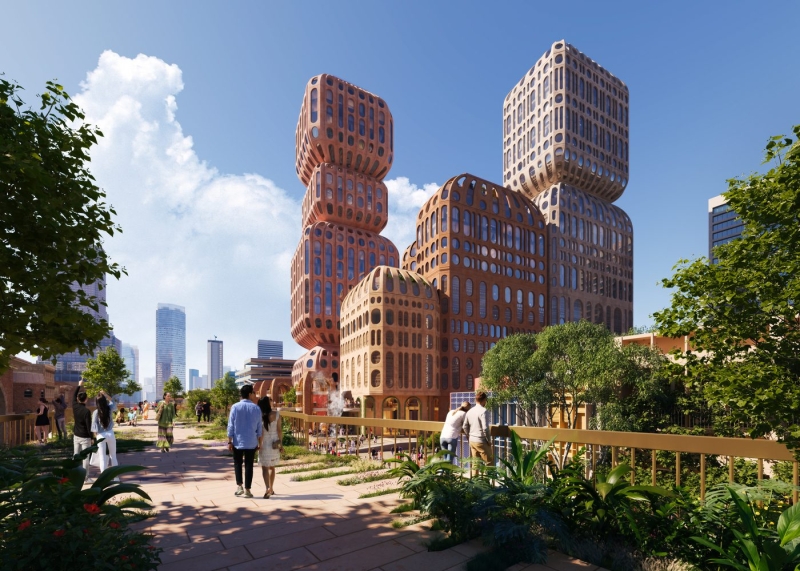
Olivia Bennett
Walking through Bangkok’s relentless urban grid when suddenly, these organic, glowing forms emerge like something from a fairy tale. That’s exactly what Thomas Heatherwick is bringing to Thailand’s capital with his studio’s first project in the country – the Hatai development, better known as the Lantern Quarter.
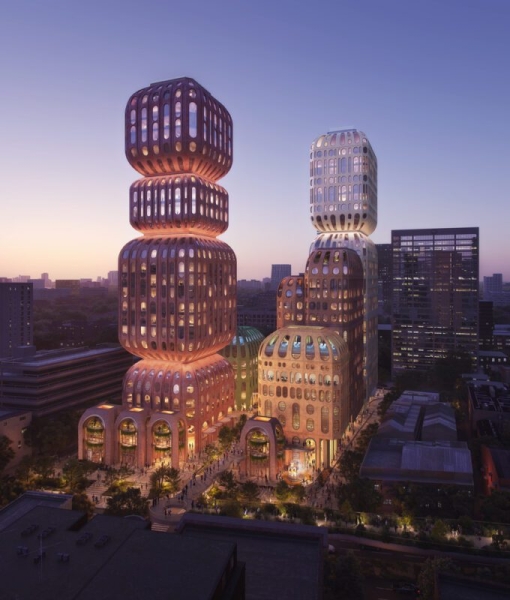
Breaking Bangkok’s Rigid Skyline
The architecture draws from traditional Thai lanterns, with vertical structures conceived as stacked volumes whose textured surfaces diffuse light and soften the development’s silhouette against the city’s sharp commercial skyline. “We’ve designed a series of lanterns stacked on top of one another, collectively forming a much softer silhouette in the skyline,” Heatherwick explains.
This isn’t architectural tourism. Traditional Thai lanterns are carriers of light, symbols of celebration, and community gathering points. Heatherwick’s interpretation captures that essence in built form.
The 10,500-square-metre development features two hotels – Six Senses and Narai Hotel – with more than 300 rooms, plus conference areas and wellness facilities. Instead of cramming this program into predictable rectangular blocks, Heatherwick has created what feels like a vertical village.

Each lantern-like volume houses different functions, creating natural breaks in the building’s massing. The textured surfaces aren’t just decoration – they’re designed to diffuse light, creating that lantern-like glow that will make the building come alive at night. Think about how traditional paper lanterns cast soft, warm light through translucent surfaces. Heatherwick is achieving something similar at architectural scale.
Ground-Level Revolution
The ground level reimagines the area as a public village, incorporating a shrine, open-air market, event spaces, and a restored canal flowing between shops. This canal reference is particularly clever – Bangkok was once the “Venice of the East” for its waterways, most paved over for development. By bringing water back, Heatherwick reconnects the site with the city’s historical identity.
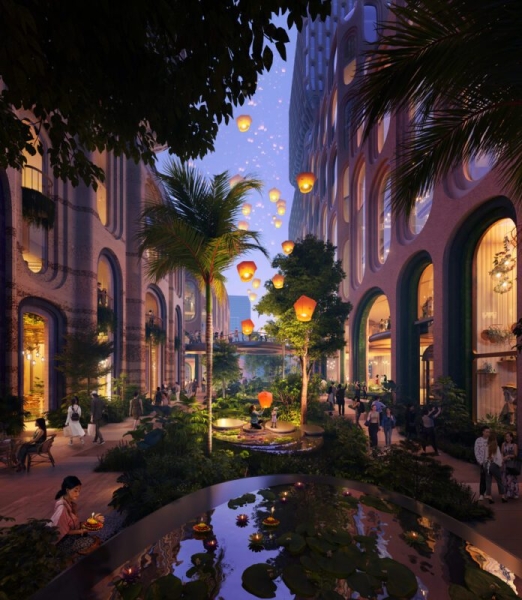
The project features nearly 56,000 square feet of public space, incredibly valuable in dense Bangkok. But it’s about creating spaces that encourage the street-level life that makes Southeast Asian cities so vibrant.
This project arrives at a crucial moment for Bangkok’s architectural identity. The city has spent decades importing generic glass-box typologies. Heatherwick’s Lantern Quarter offers a different path – globally sophisticated but locally meaningful.
When these lantern-like towers start glowing in Bangkok’s skyline, they’ll illuminate a path forward for architecture that’s both globally relevant and deeply rooted in place. This isn’t just another hotel development – it’s a prototype for how contemporary architecture can engage meaningfully with cultural context while pushing boundaries in dense urban environments.
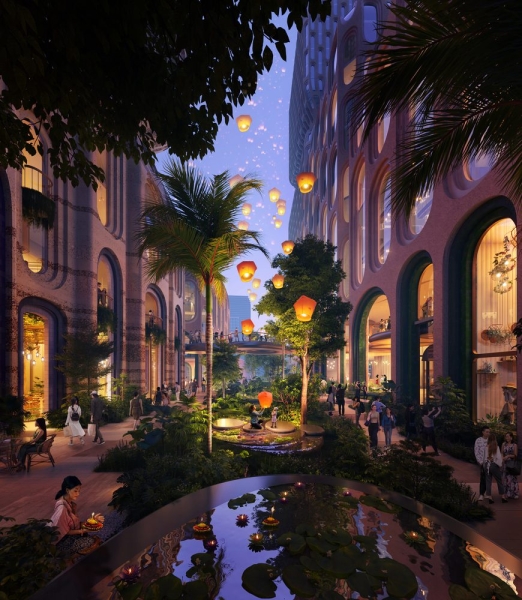
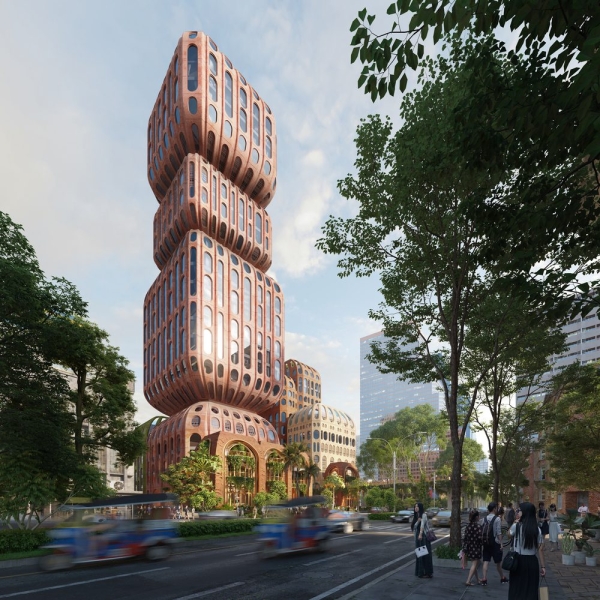
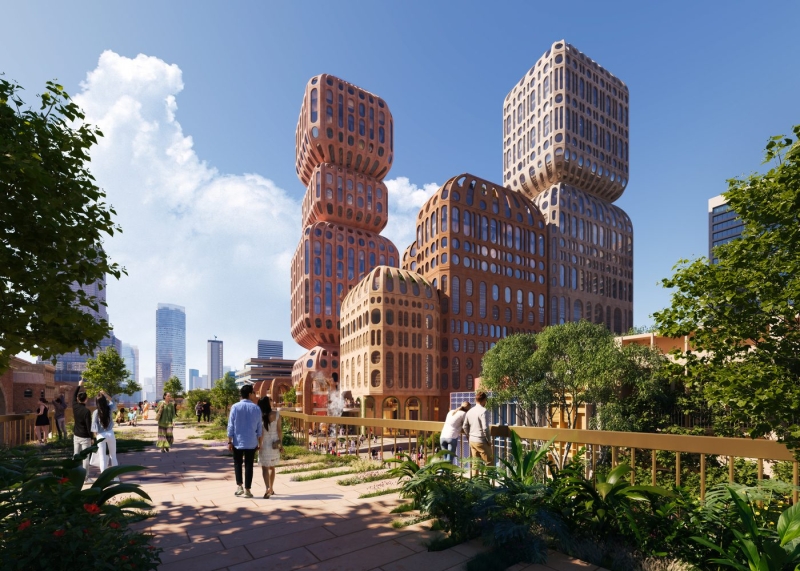
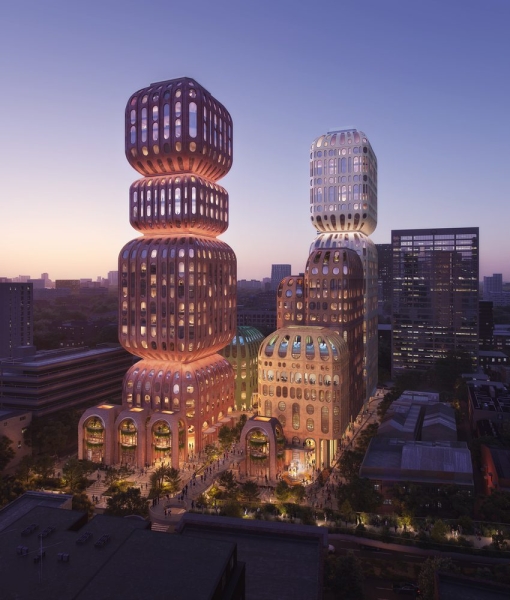
Tags: BangkokGlassSkylineThomas Heatherwick

Olivia Bennett
Olivia Bennett is a seasoned American news editor at Arch2O, born in the UK and a proud alumna of UCLA, where she studied Architecture and Media Studies. With a strong editorial background and a passion for design storytelling, she excels in translating complex architectural ideas into engaging narratives. Olivia focuses on contemporary trends, sustainability, and emerging talents in the field, offering readers a fresh, global perspective on the built environment.
